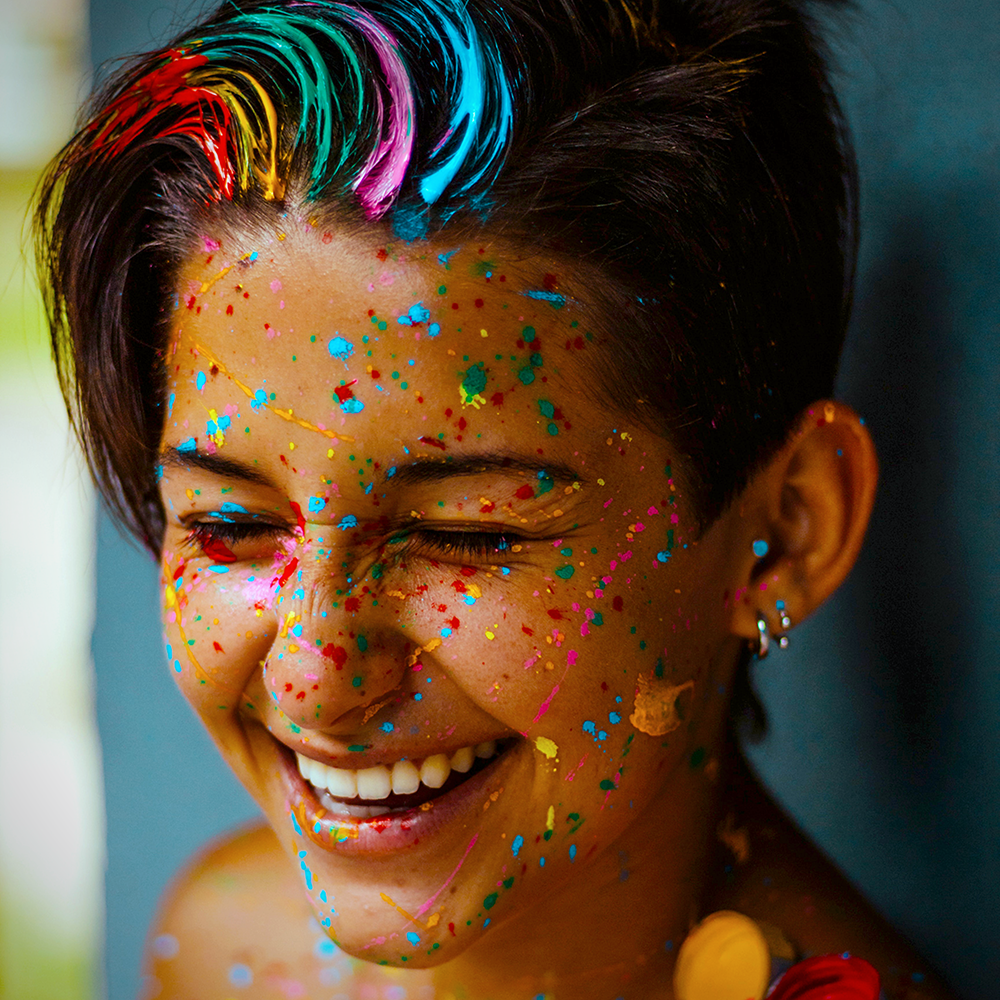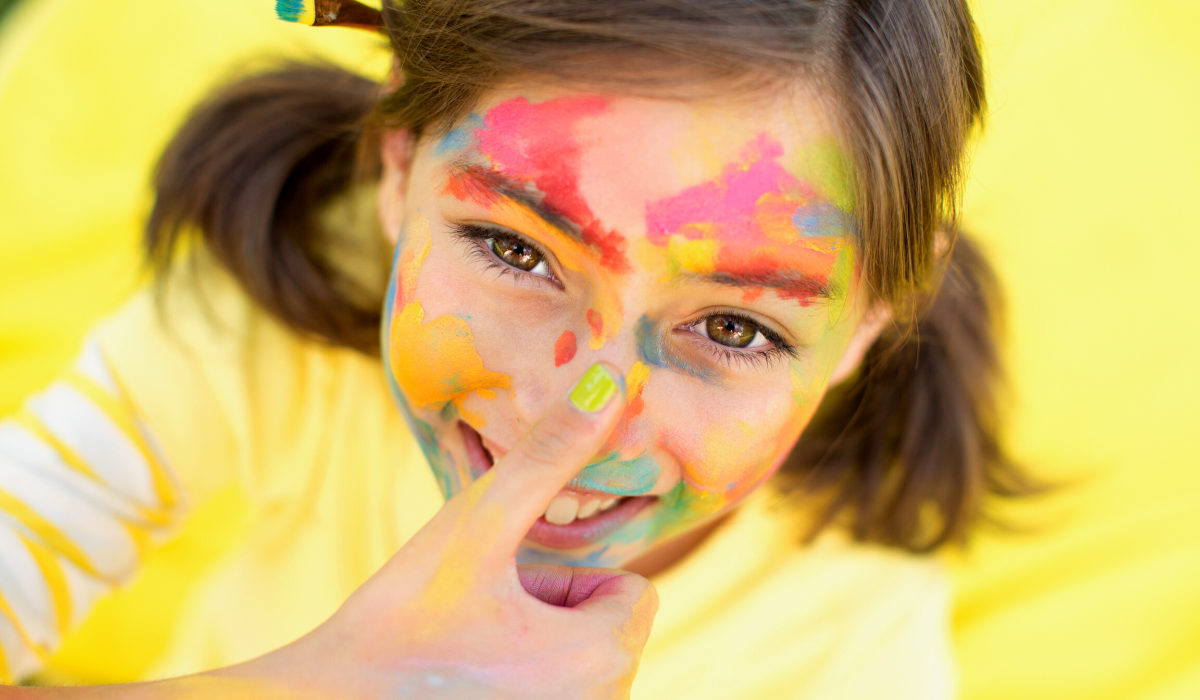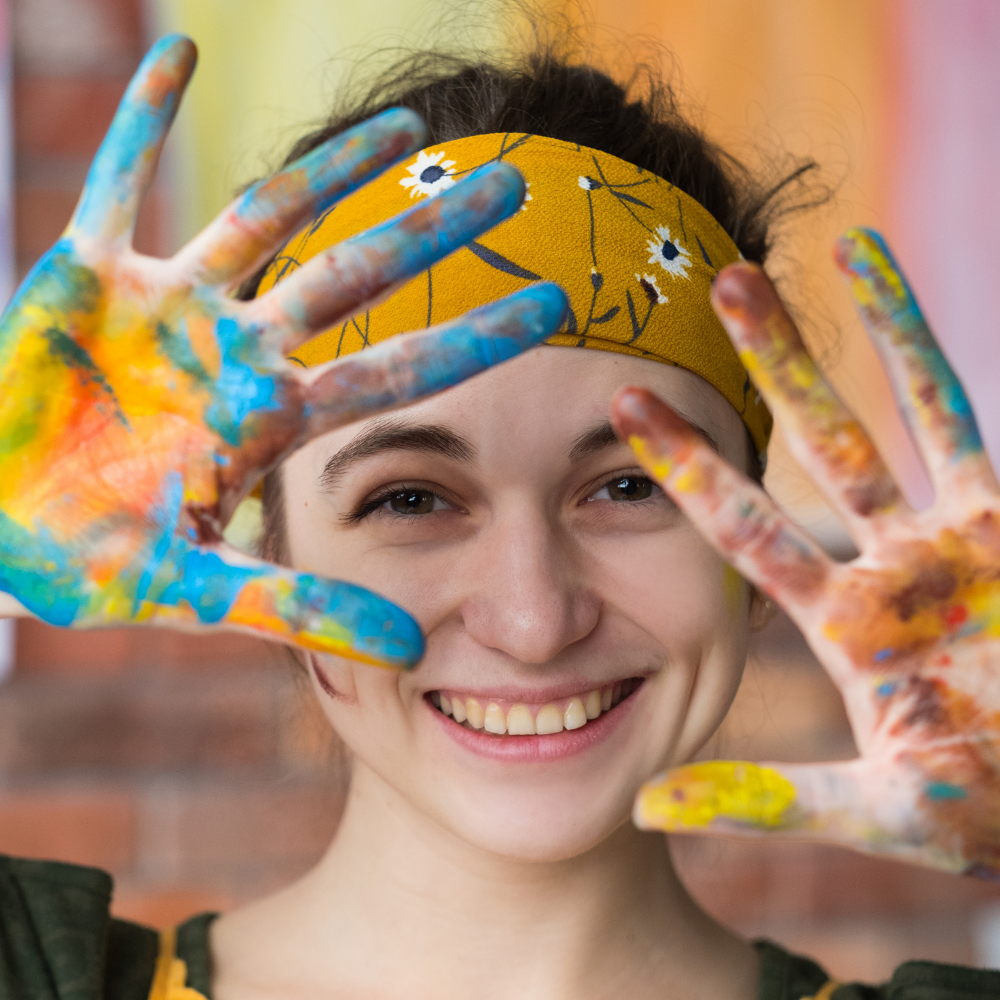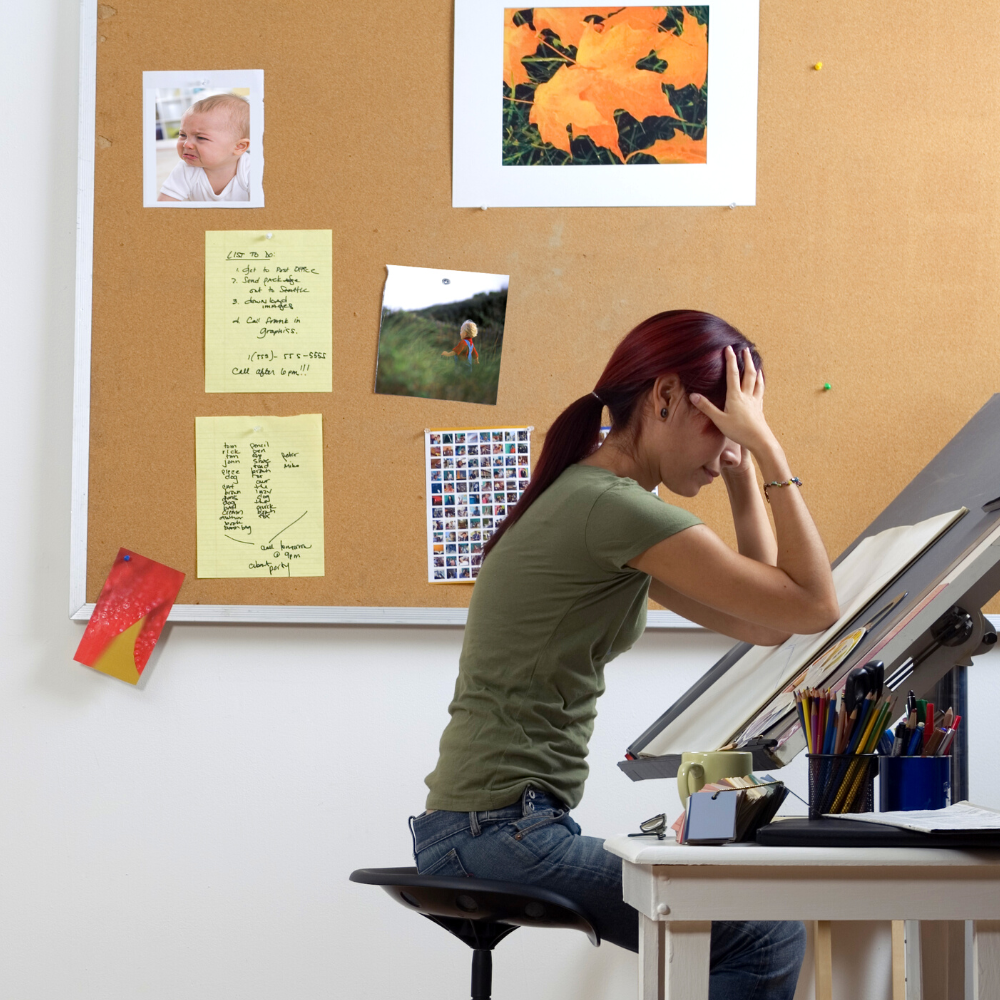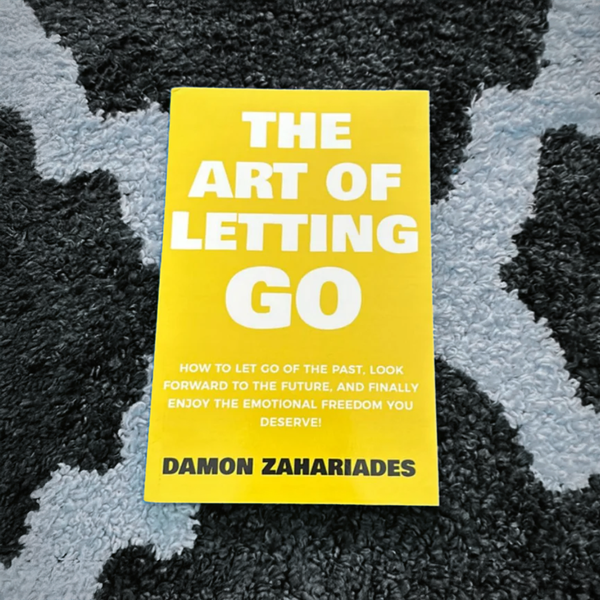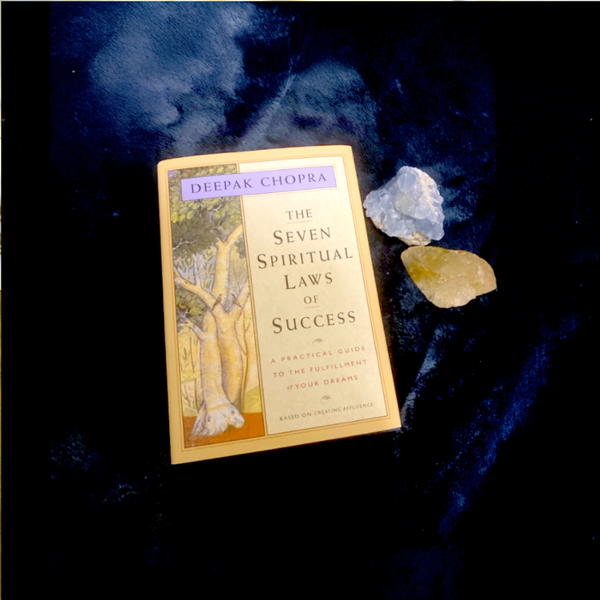Picture this: you're in your creative corner, supplies in hand, ready to create the next "Starry Night".
But instead, you're staring at a blank canvas, and all you can feel is frustration.
Your muse has apparently packed her bags and gone on a holiday without leaving a forwarding address.
Art, in all its forms, is an expression of emotion and creativity.
But what happens when that creative spark fizzles out?
When the brush refuses to move, the words refuse to flow, or the camera refuses to click?
Welcome to the realm of artistic frustration, a place where every creator has found themselves at some point.
As artists and creators, we often find ourselves in a constant battle with creative block.
It can be one of the most irritating and debilitating experiences, leaving us feeling frustrated, stuck, and unable to produce any new ideas or creations.
But what if I told you that this struggle could actually be the key to unlocking your greatest potential as an artist?
At first glance, it may seem counterintuitive.
How can something as frustrating and limiting as creative block actually be beneficial?
In the world of creativity, frustration often walks hand in hand with inspiration.
It's an unwelcome guest that seems to show up just when you're about to begin a new project or are halfway through one.
But what if we could transform this seemingly negative emotion into a catalyst for our creativity?
Well, let's dive deeper into the concept of creative block and how it relates to both frustration and art.
If you're ready to embrace the struggle and turn it into your greatest ally, keep reading!

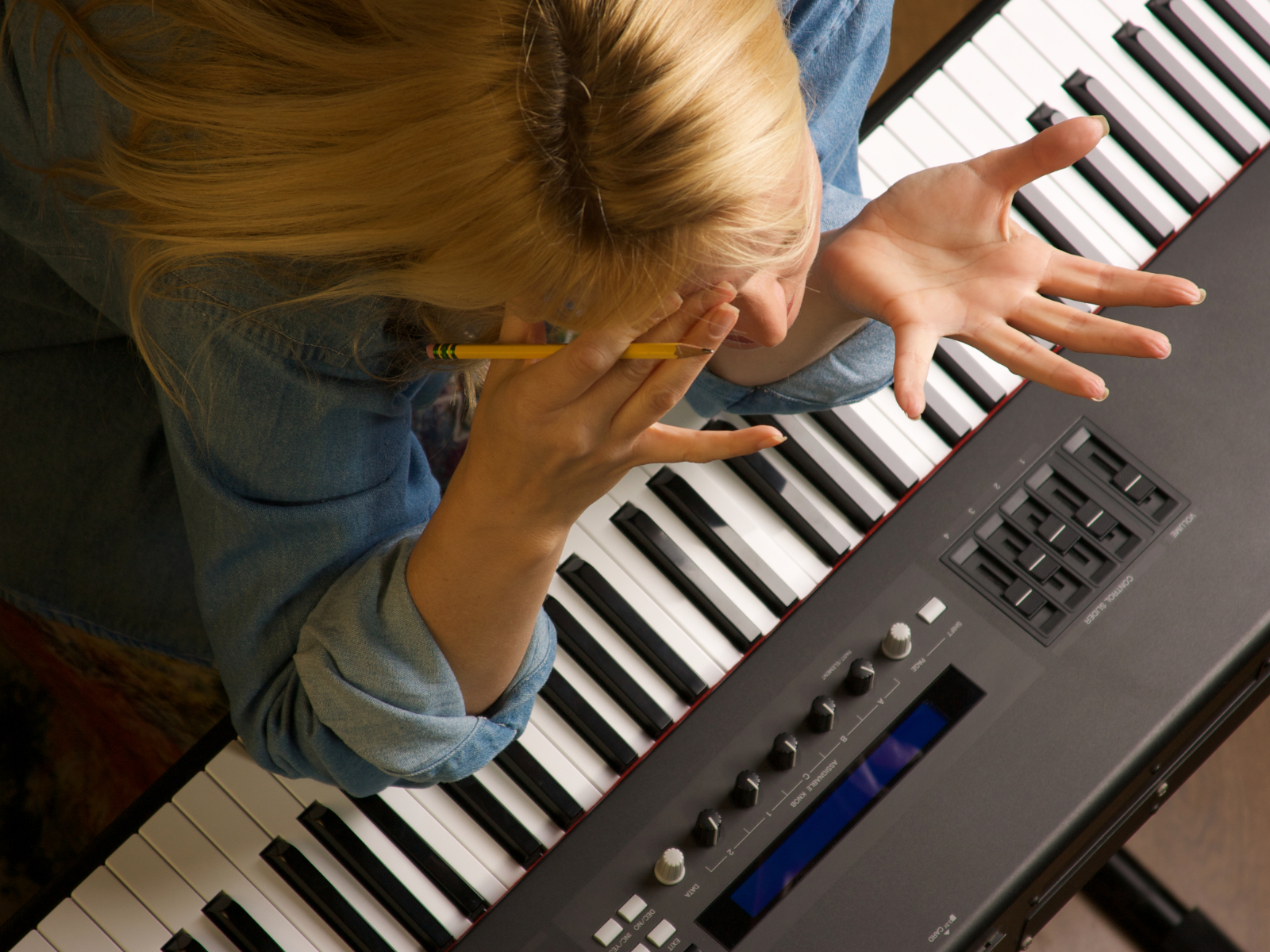
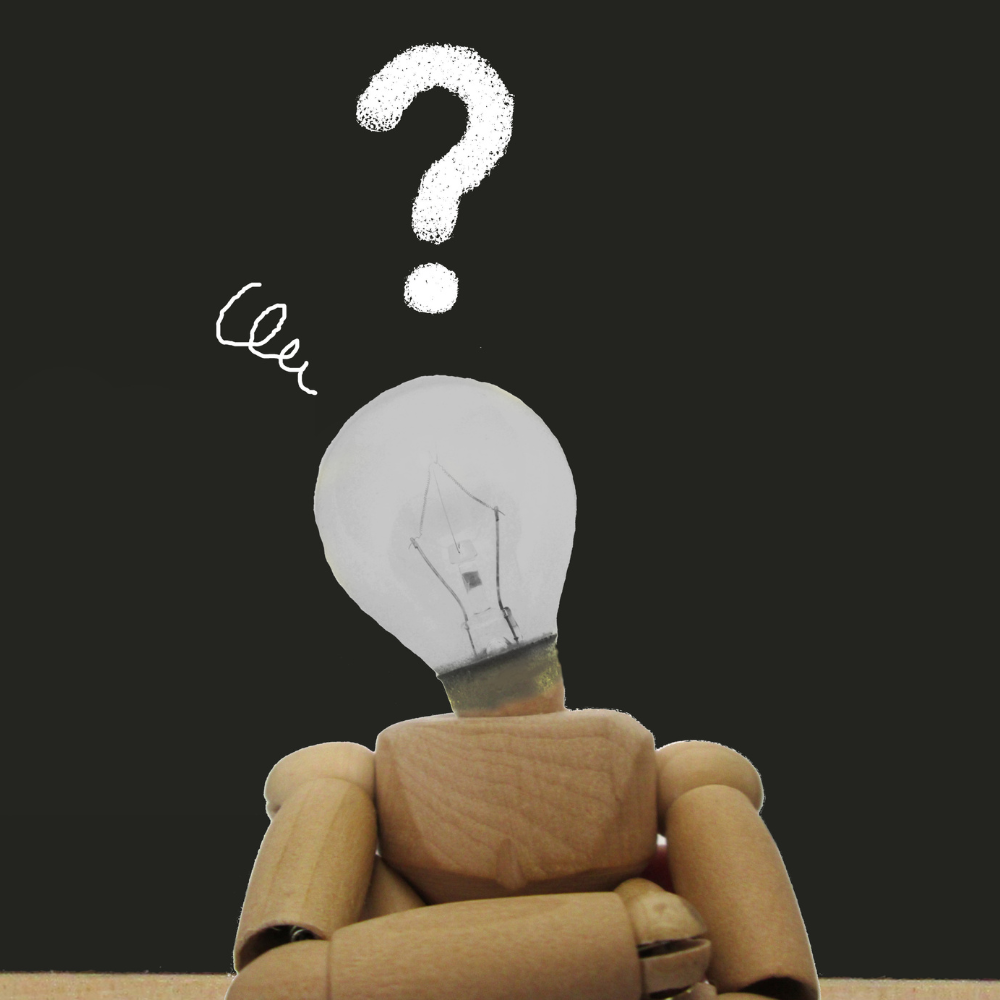
Understanding Artistic Frustration
Before we can delve into the benefits of creative block, let's first explore the connection between frustration and art.
Frustration is a natural part of the creative process.
It stems from a desire for perfection and the inability to achieve it in our work.
But this frustration can also be a sign that we are pushing ourselves to create something truly unique and meaningful.
In fact, many artists have used frustration as a source of motivation in their work.
Vincent Van Gogh famously said, "If you hear a voice within you say 'you cannot paint,' then by all means paint, and that voice will be silenced."
In other words, by embracing the frustration and pushing through it, we can create something beautiful.
As creatives, we often have a strong emotional attachment to our work.
This means that when things don't go as planned, we can experience intense frustration and disappointment.
When we feel frustrated, it often stems from a disconnect between our vision, our ability to express it, and the finished piece.
It's like having a conversation in a language you're not fluent in; you know what you want to say, but struggle to find the right words.
This can be disheartening and lead to self-doubt, but it's also an opportunity for personal growth and development.
However, it's essential to remember that frustration is not a reflection of your talent or potential.
It's merely a sign that you're pushing your boundaries and stepping outside your comfort zone, which is where real growth happens.
This emotional response is actually a sign of our dedication and passion for our art.
Think about it - if we didn't care deeply about our work, we wouldn't feel such strong emotions when faced with roadblocks or challenging moments.
And that's where the beauty of frustration lies in the world of art.
It's a clear indicator that we are invested in our creative process and that our own work can be something truly special.
While this feeling can be incredibly discouraging and lead you to question your abilities, frustration can also be the catalyst for your greatest breakthroughs and achievements.
Here's the twist: understanding why we become so frustrated is the first step to overcoming it.
Whether you sketch things, enjoy drawing, focus on making art of all types, or just love to create, frustration is something that all artists encounter.
But instead of letting it drag us down, we can use it as fuel for our creative fire, regardless of skill level.

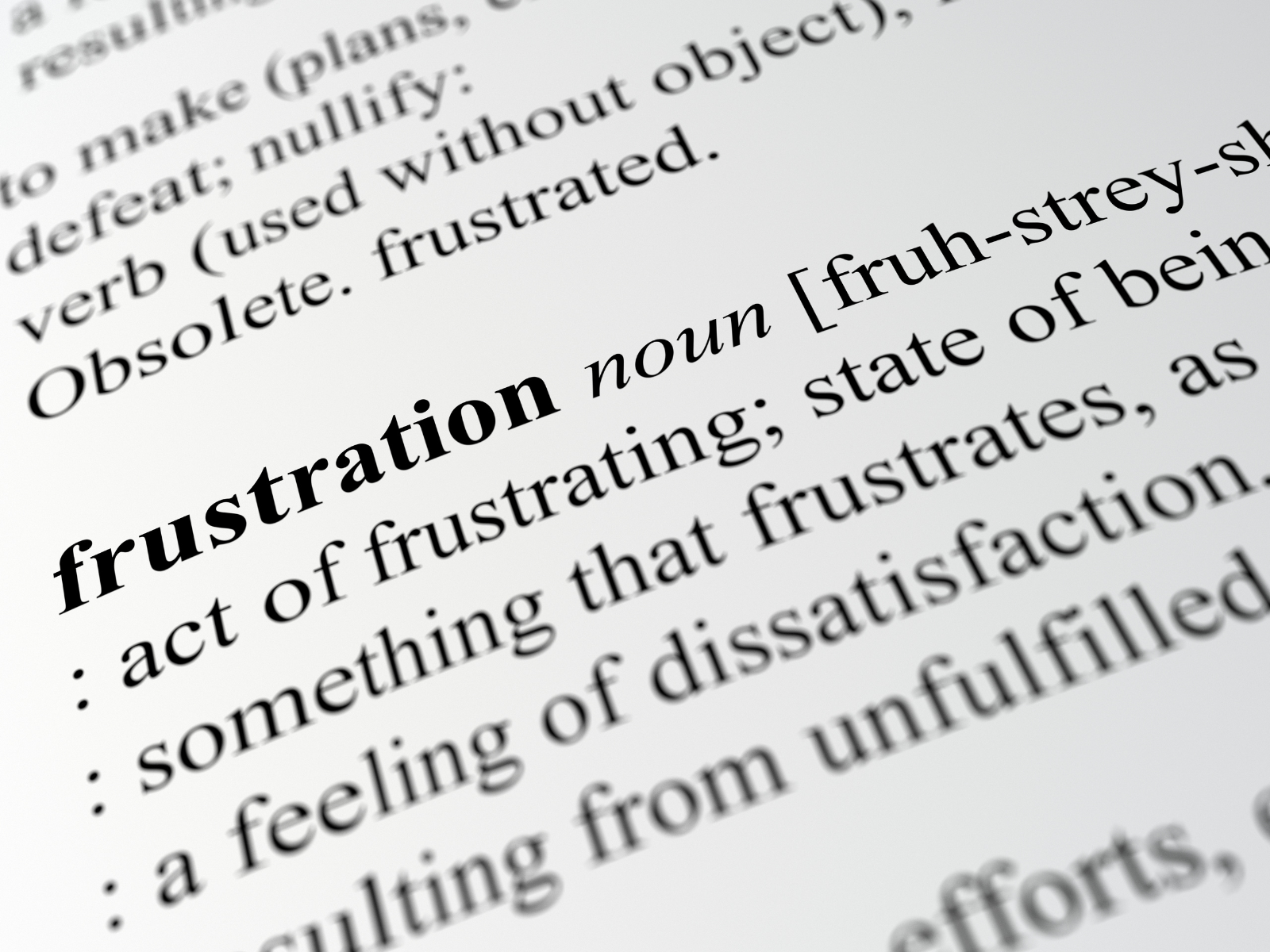

The Creative Block - Not Just a Myth
You see, every artist, regardless of their medium, has been there.
That frustrating feeling of hitting a creative wall – it's like your brain decided to go on strike and forgot to notify you.
It's called the creative block, and it's not just a myth.
Sometimes, it can feel like an insurmountable obstacle that halts our creative flow entirely.
But what if we changed our perspective on this seemingly negative phenomenon?
Firstly, let's debunk the common misconception that creativity is something we either have or don't have.
Creativity is not a finite resource that we can run out of.
It's a skill that we can cultivate and nurture over time.
And secondly, creative block isn't an enemy to be feared but rather a teacher to be embraced.
When faced with a creative block, our initial reaction may be frustration and self-doubt.
But what if we shifted our mindset and viewed it as an opportunity to learn and grow?
Creative block often occurs when we are pushing ourselves too hard or have become stuck in our usual methods and ways of thinking.
It's a sign that we need to take a step back, reassess, and try something new.
In fact, many artists have found that taking a break from their work and engaging in other activities can actually reignite their creativity and lead to new ideas.
Embracing the creative block as a natural part of the process can help us overcome it more easily and even use it to our advantage.
While it's often seen as a roadblock, frustration can also serve as a stepping stone towards artistic growth.
It forces us to think outside the box and approach our work from a different perspective, leading to unique and innovative results; the discomfort of frustration can push us to strive harder, explore new avenues, and ultimately enhance our creative output.
Stop drawing frustration and creative block as a dead end and start seeing it as an exciting journey towards new possibilities.
The next time you encounter a creative block, embrace it as an opportunity to learn and grow, rather than a hindrance to your creativity.

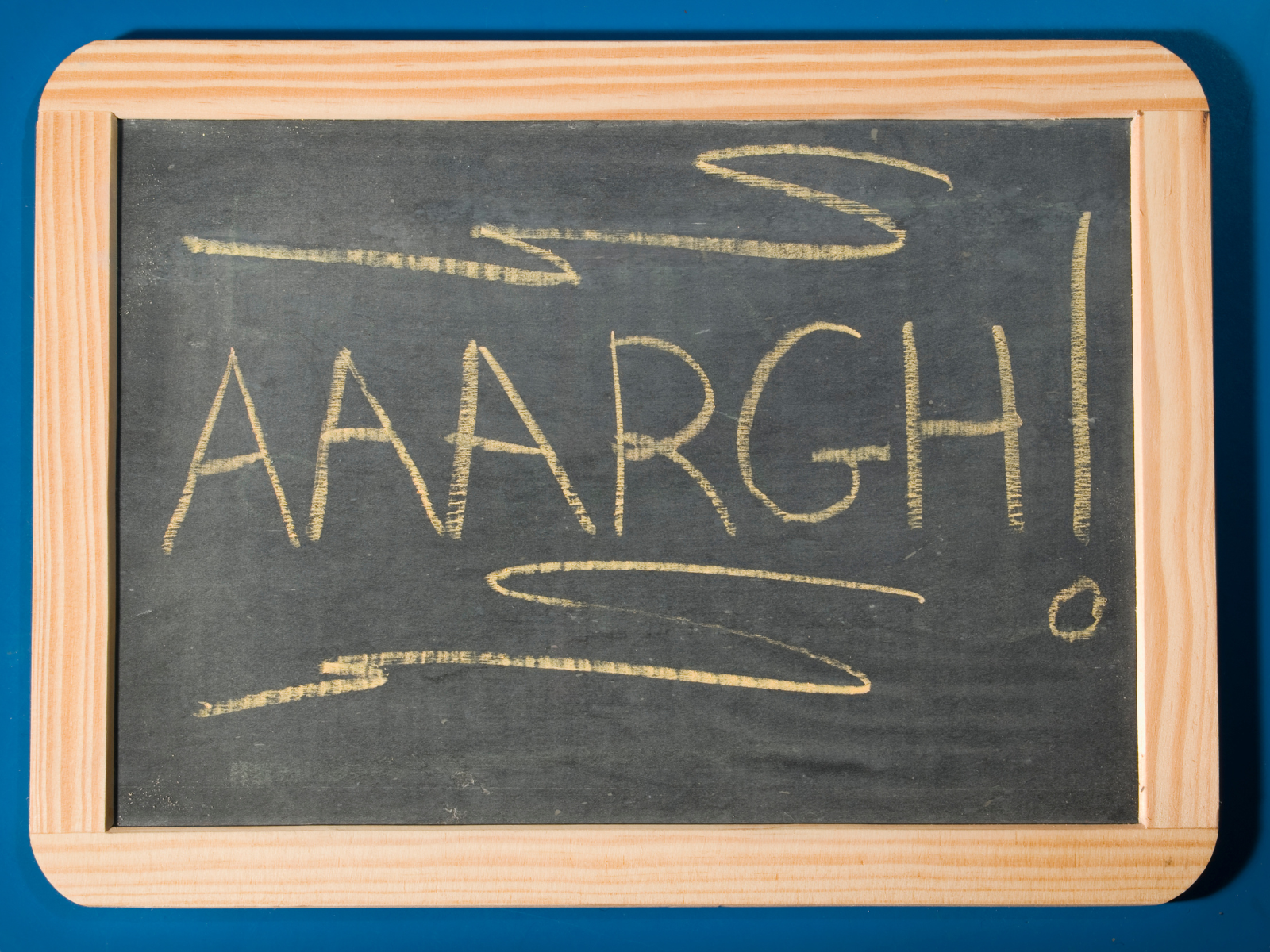

Frustration: A Catalyst for Creativity?
Contrary to popular belief, frustration can actually fuel creativity.
This might seem counterintuitive, but think about it.
Frustration is a powerful emotion; it creates a sense of urgency and a desire to find a solution.
These qualities are fundamental in sparking new ideas and pushing us out of our comfort zones.
Frustration forces us to look at things from a different perspective, to question our methods, and to explore new techniques.
It pushes us to strive for better, to overcome obstacles, and to conquer our creative demons.
When channeled correctly, the energy and passion behind this emotion can lead to breakthroughs and innovation; we are forced to think differently.
This process can lead to unexpected new ideas and alternative solutions that we may not have considered otherwise.
Let's face it, frustration is one heck of an emotion.
It's raw, it's powerful, and when channeled correctly, it can lead to some seriously amazing art.
Think of it as the jalapeno in your creative salsa – it might sting a bit, but oh boy, does it add flavor!
So, instead of trying to avoid frustration, embrace it as a vital part of the creative process.
Embrace the struggle, lean into the discomfort, and use it as fuel for your creativity.
What better way to do that than through embracing frustration and using it as a catalyst for our creative breakthroughs?
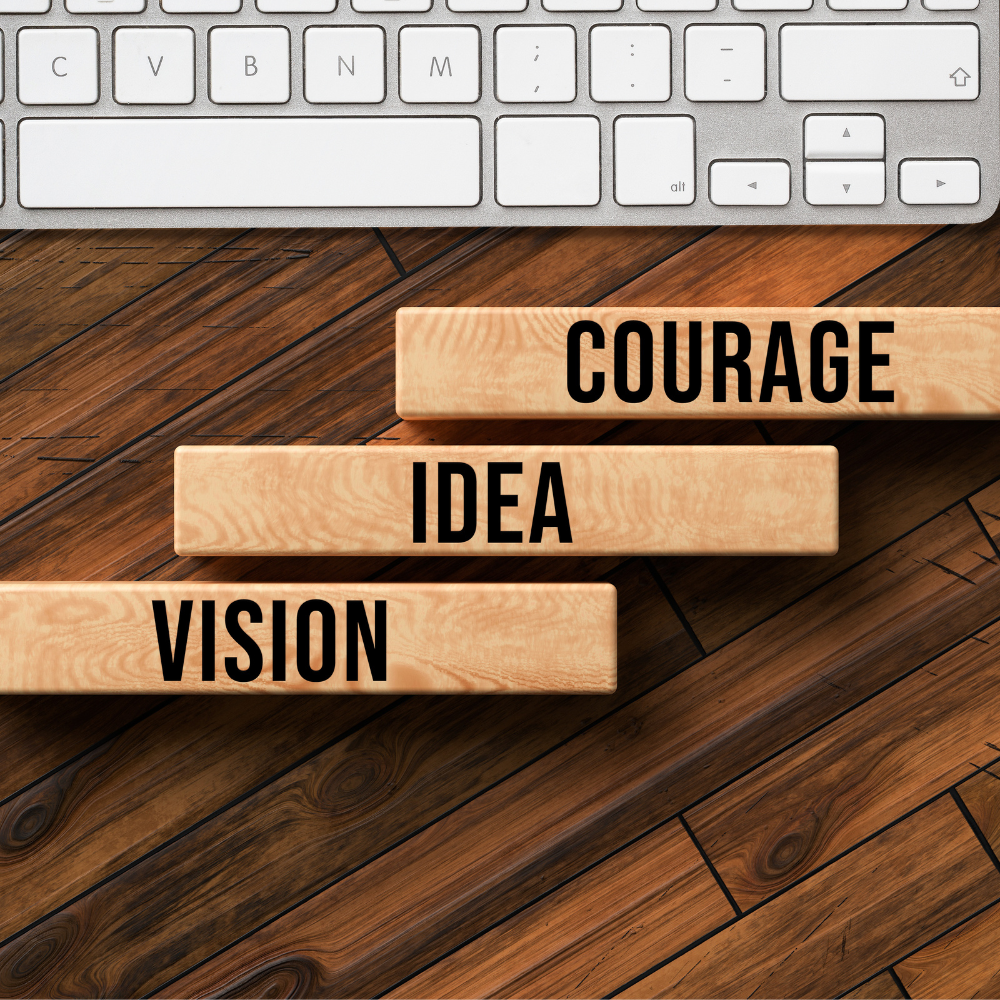
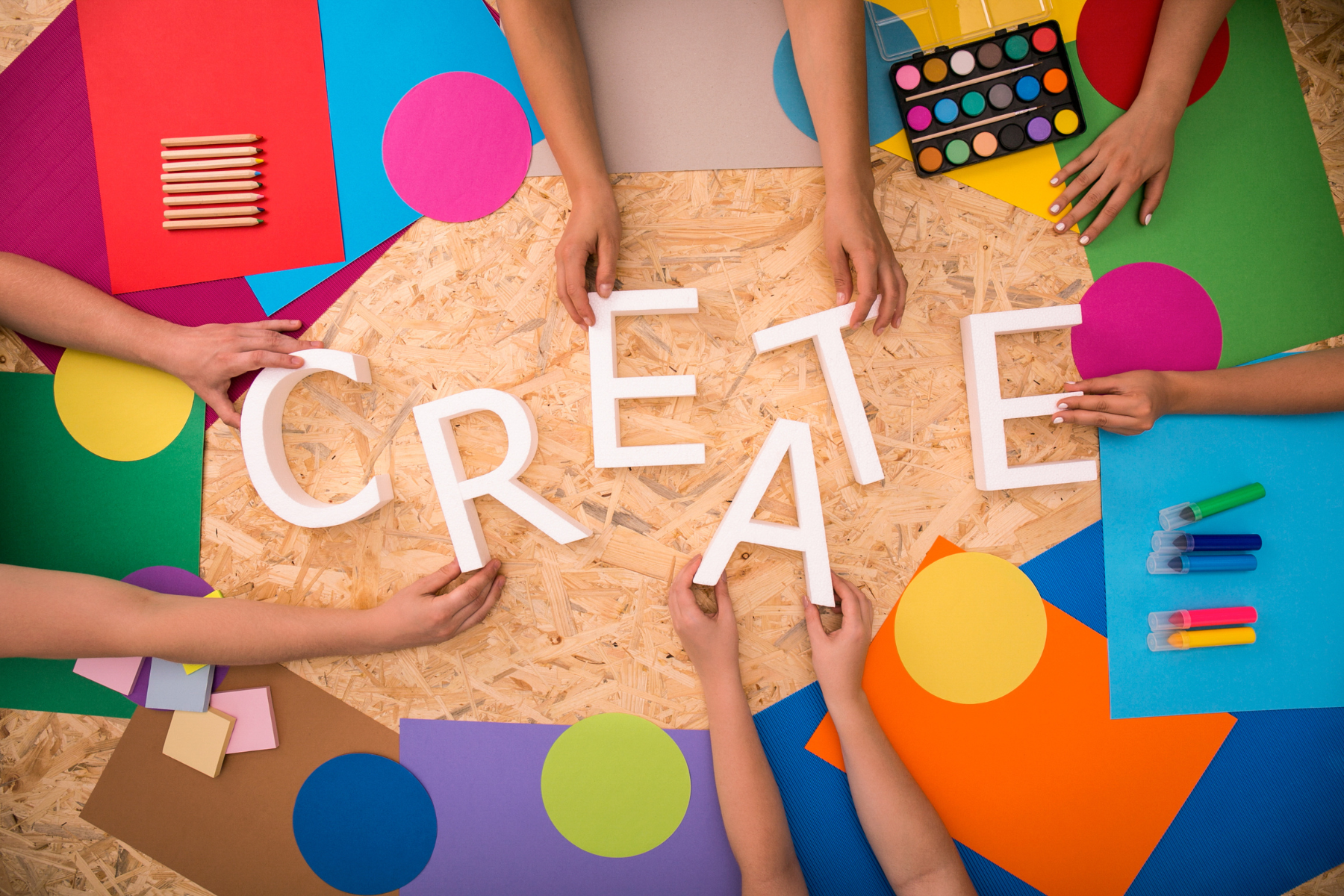
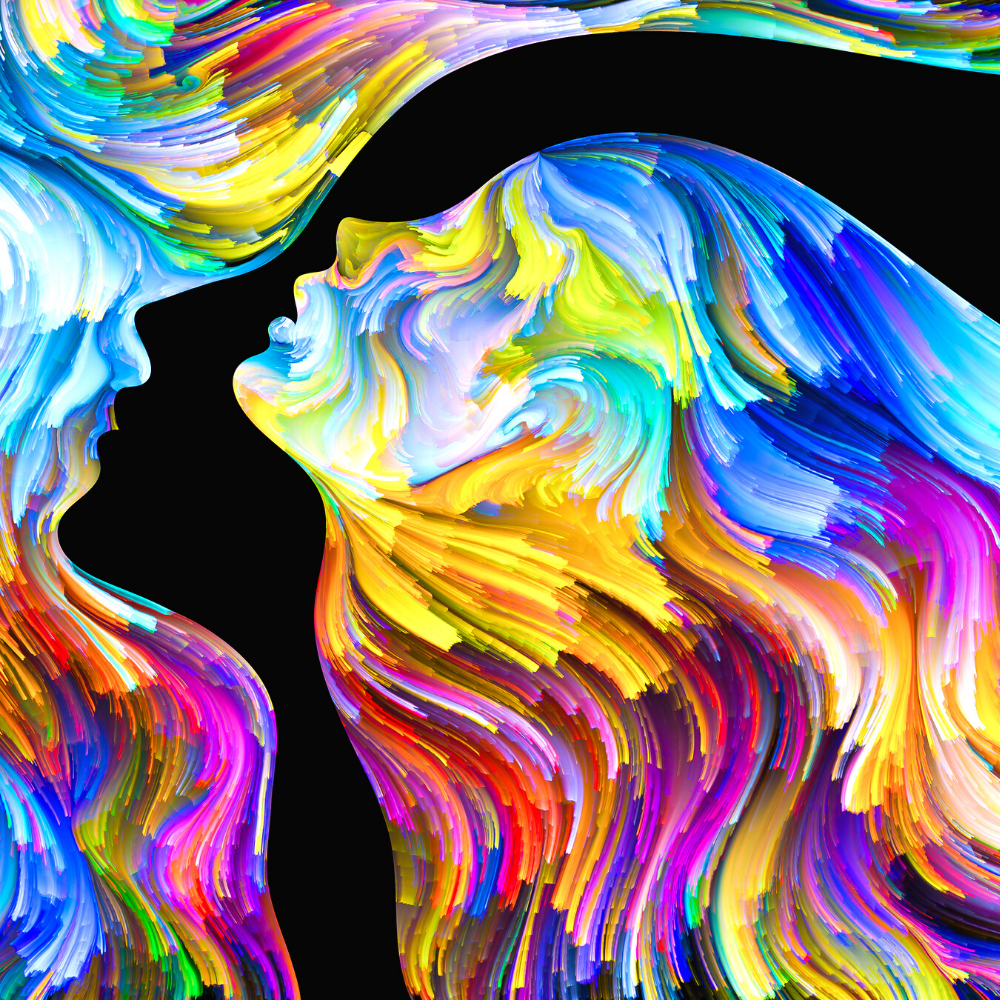
The Benefits of Creative Block
Now that we understand the connection between frustration and art, and how creative block can be a catalyst for our creativity, let's explore some of the other benefits it can offer.
Firstly, creative block forces us to slow down and take a break.
As creators, we often feel pressure to continuously produce new work or ideas.
But sometimes, stepping away from our art and allowing ourselves time to recharge is crucial for maintaining our passion and drive.
Moreover, creative block can also lead to self-discovery.
When we hit a wall creatively, it provides an opportunity for introspection and reflection on our artistic process.
We can use this time to assess our strengths, weaknesses, and areas for improvement as artists.
It also encourages us to explore new techniques or mediums that we may not have considered before, leading to personal and artistic growth.
Additionally, creative block can also foster collaboration and community.
Working through a creative block with fellow artists or seeking advice from others can lead to new perspectives and approaches that we may not have thought of on our own.
This sense of camaraderie and support within the creative community is an invaluable resource for overcoming creative blocks and pushing past our limitations.
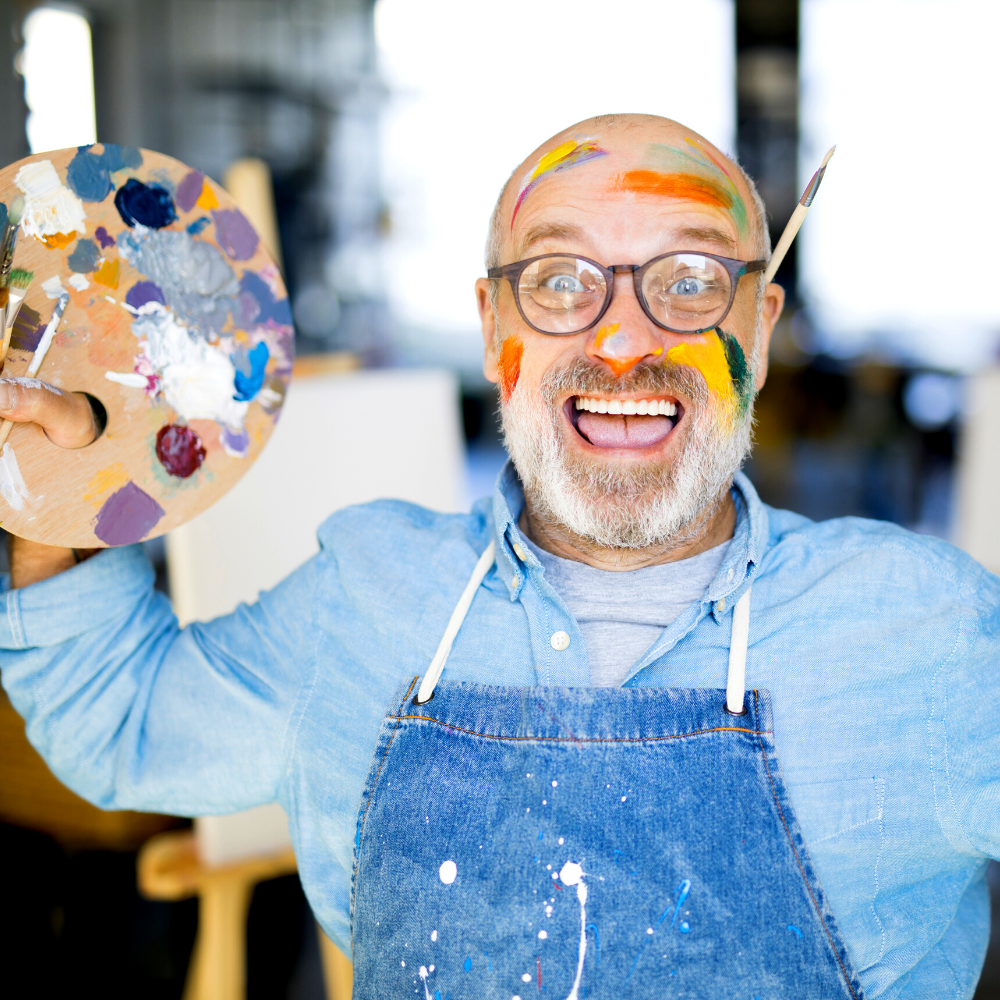

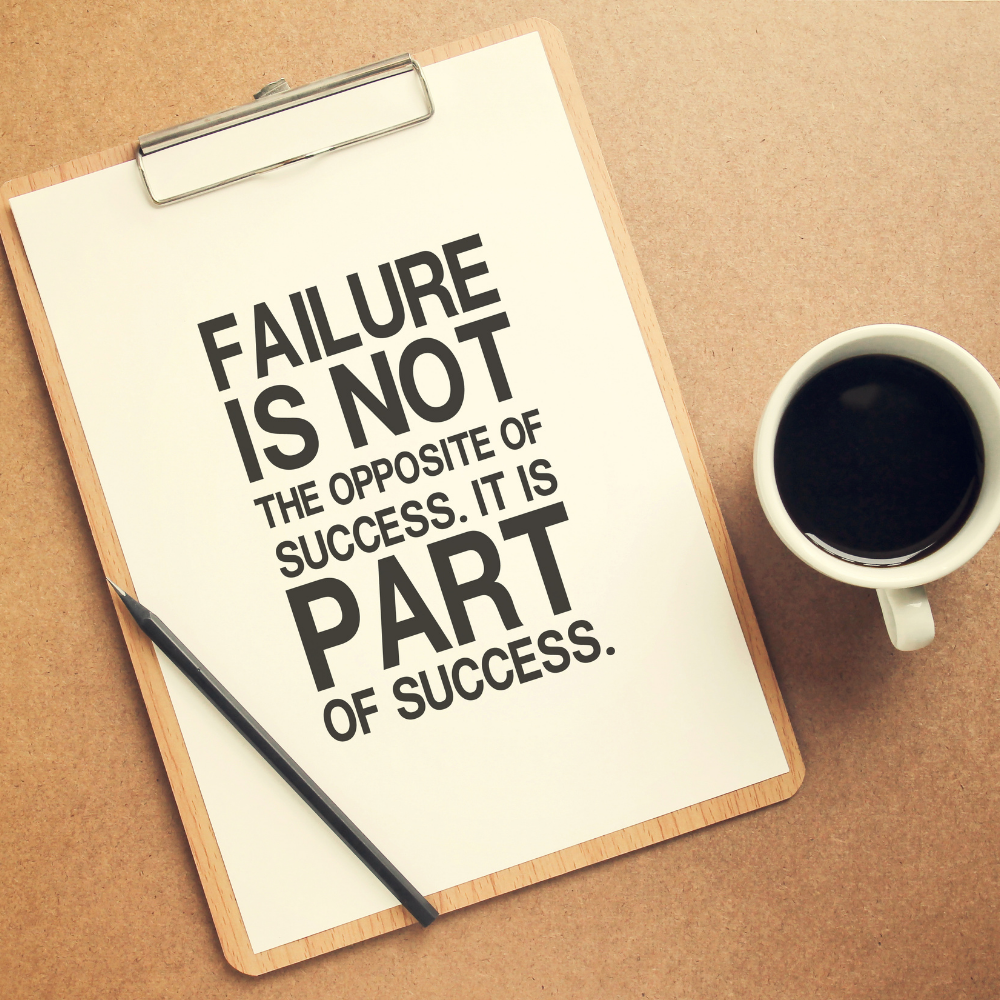
Converting Frustration into Creative Fuel
So, how do you transform this energy-sapping frustration into creativity-boosting magic?
Let's delve into some practical ways to harness the power of frustration:
- Acknowledge and Accept: Artists experience frustration when emotions interfere with their work. So, the first step is to acknowledge these emotions and accept that they are a natural part of the creative process.
- Identify the Cause: Are you frustrated because of a lack of skills, resources, or inspiration? Or is it due to external factors like criticism or comparison? Identifying the cause can help you address it effectively.
- Embrace Imperfection: As an artist, it's easy to fall into the trap of perfectionism. But remember, art is about expression, not perfection. Embrace your mistakes as opportunities for learning and growth.
- Experiment and Explore: Playing with different materials and techniques can break the monotony and spark new ideas.
- Seek Inspiration: Look at other artists who have experienced frustration and see how they dealt with it. You'll find that you're not alone and that frustration can indeed lead to some remarkable work.
- Practice Mindfulness: Being mindful can help manage frustration. Techniques like meditation, deep breathing, or simply spending time in nature can help calm your mind and renew your focus.
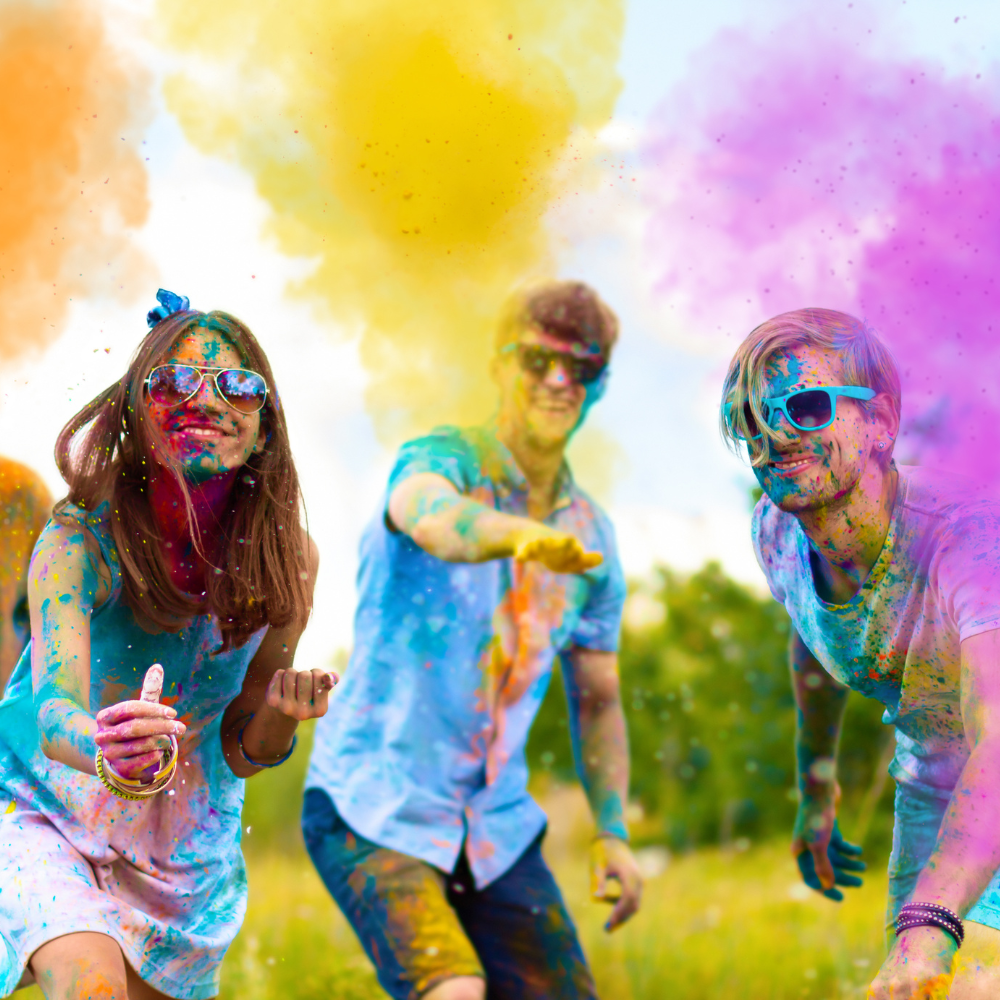
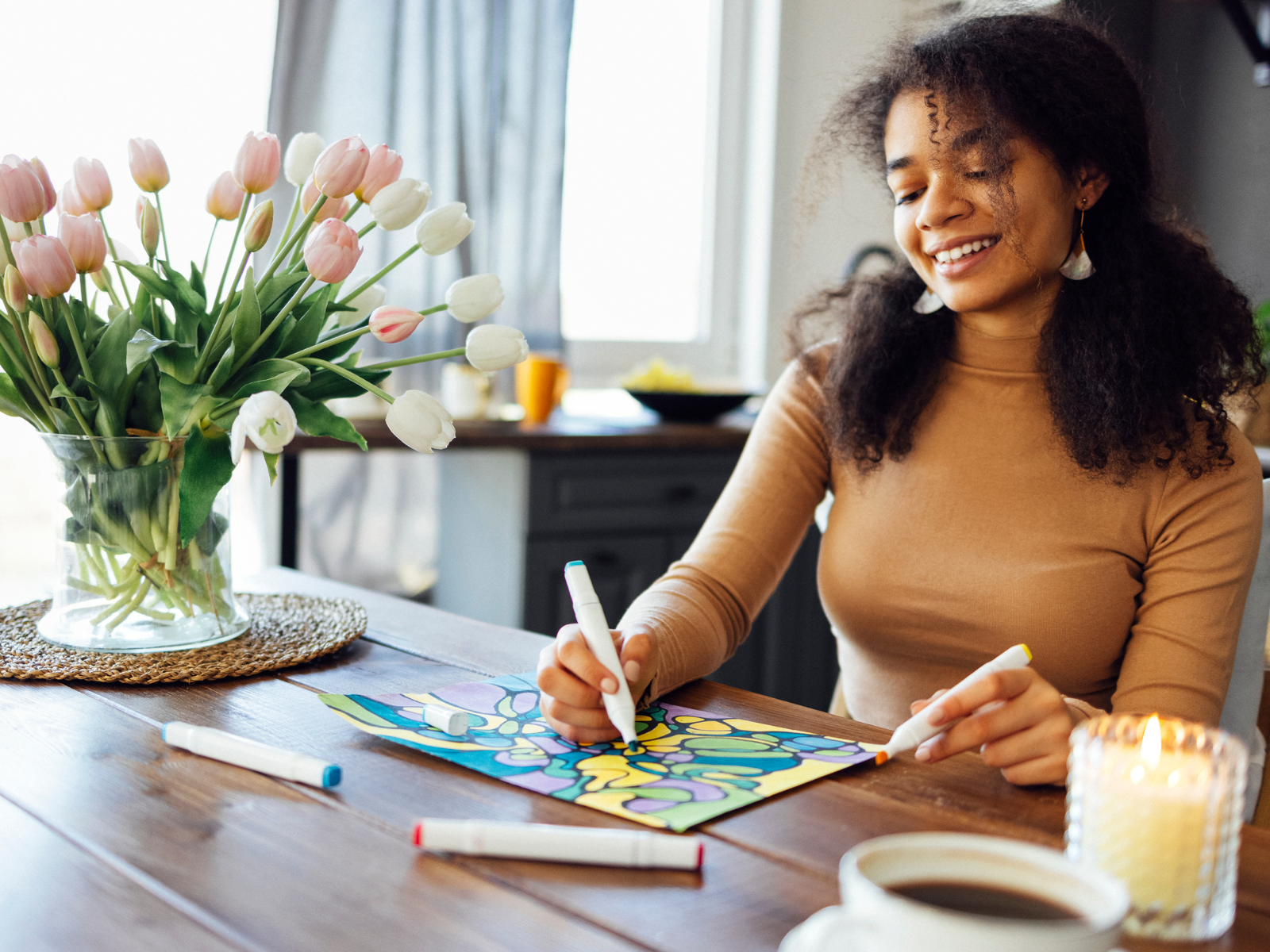
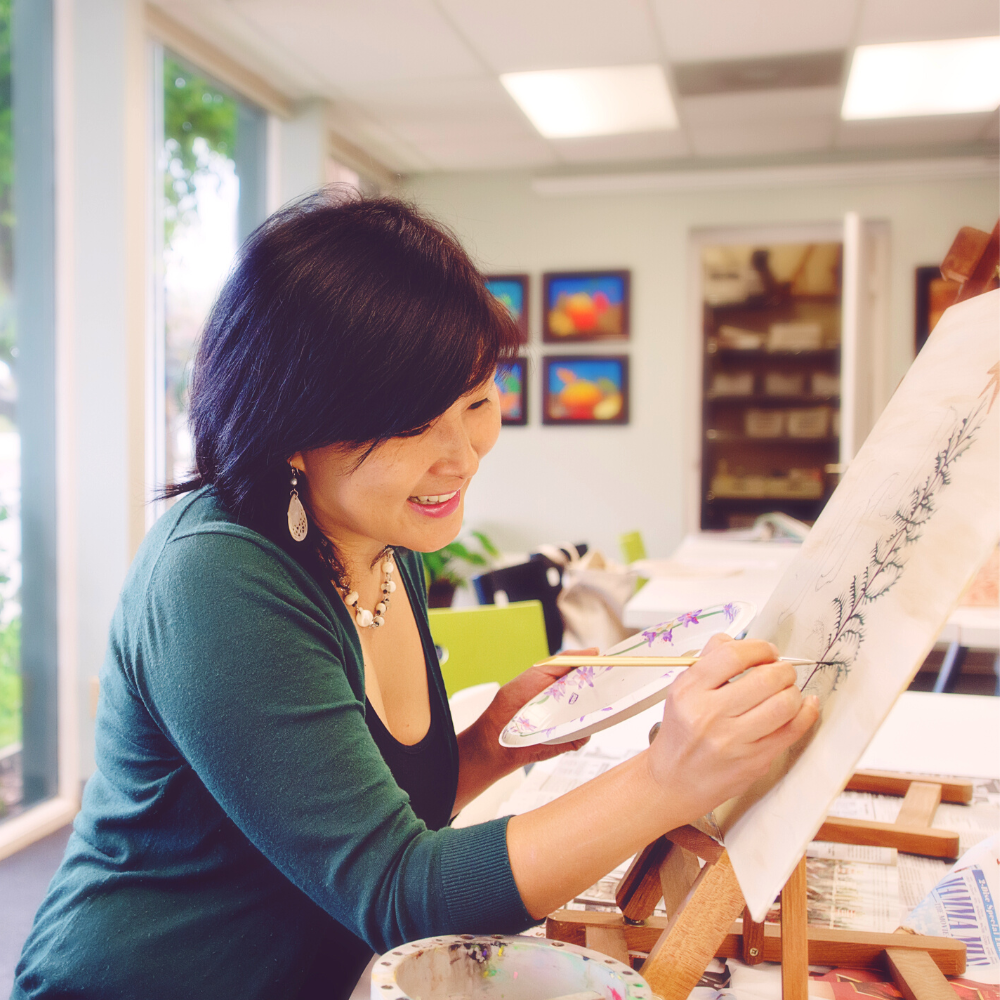
Turning Frustration into Artistic Fuel
Frustration is a completely normal and unavoidable part of the artistic journey.
But it's essential to remember that it doesn't have to be a roadblock; instead, it can serve as a stepping stone towards achieving our creative potential.
By embracing this powerful emotion and using it as fuel for our creativity, we can transform our frustrations into our greatest artistic achievements.
So, how do you transform this seemingly negative emotion into a tool for creative growth?
Here's a step-by-step guide to using frustration as a catalyst for your creativity:
1. Acknowledge Your Frustration: The first step is to acknowledge your frustration instead of suppressing it. Admitting that you're frustrated can be liberating and is the first step towards addressing it.
2. Understand the Root Cause: Try to understand what's causing your frustration. Is it a lack of skill, unrealistic expectations, or a lack of inspiration? Understanding the root cause can help you address it effectively.
3. Take a Break: If you've been working on a project for an extended period, take a break and give yourself time to recharge. This break can also help provide a fresh perspective when you return to your work. Go at your own pace and keep going.
4. Collaborate and Share: Sometimes, collaboration, working with others or seeking input from fellow creatives can help break through a creative block. Other perspectives and fresh ideas can provide inspiration and reignite your creativity.
5. Try Something New: When you're frustrated with your current project, try something else. Experiment with different techniques, mediums, or styles to shake things up and spark new ideas. This can also help you discover hidden talents or interests that you may not have explored before.
6. Embrace the Process: Remember, art is about self-expression, not perfection. Embracing mistakes and imperfections can lead to unique and beautiful results.
7. Practice Self-Care: Finally, remember to take care of yourself physically, mentally, and emotionally. Frustration can be draining, so it's crucial to practice self-care and find healthy ways to manage your emotions.
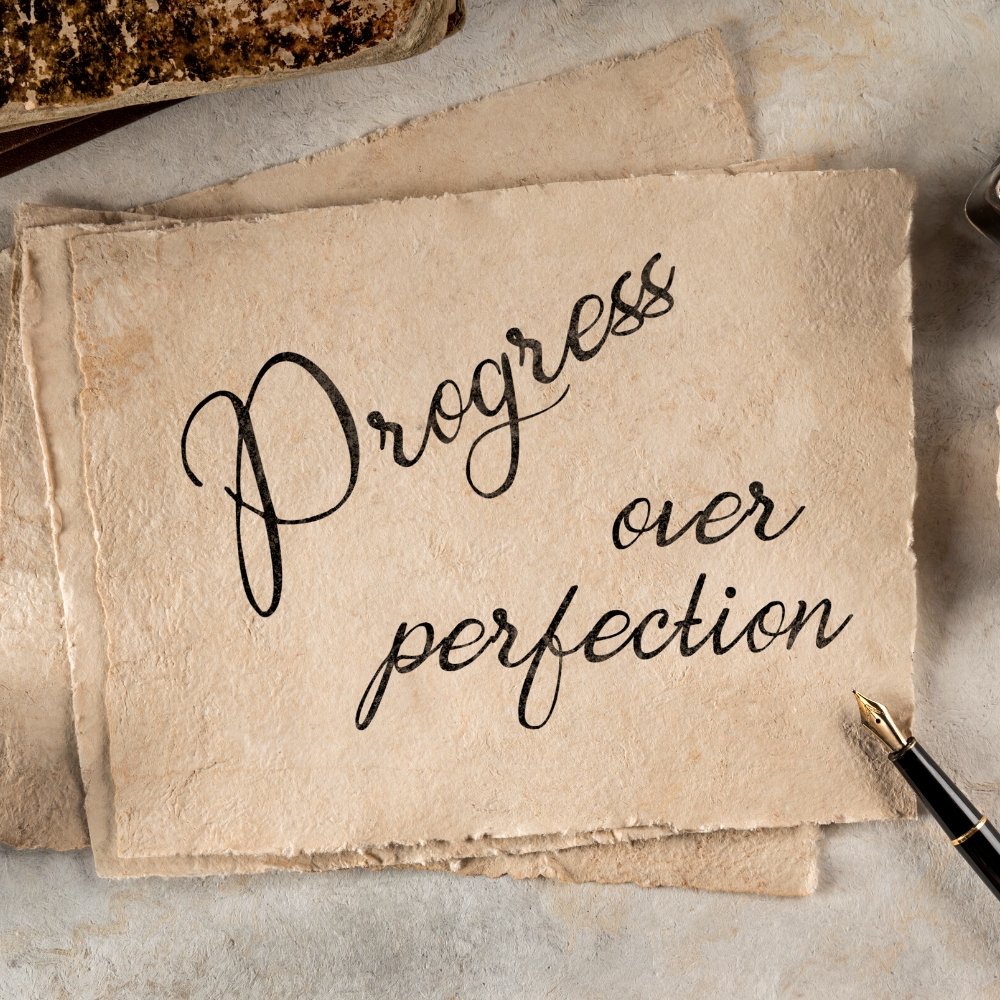
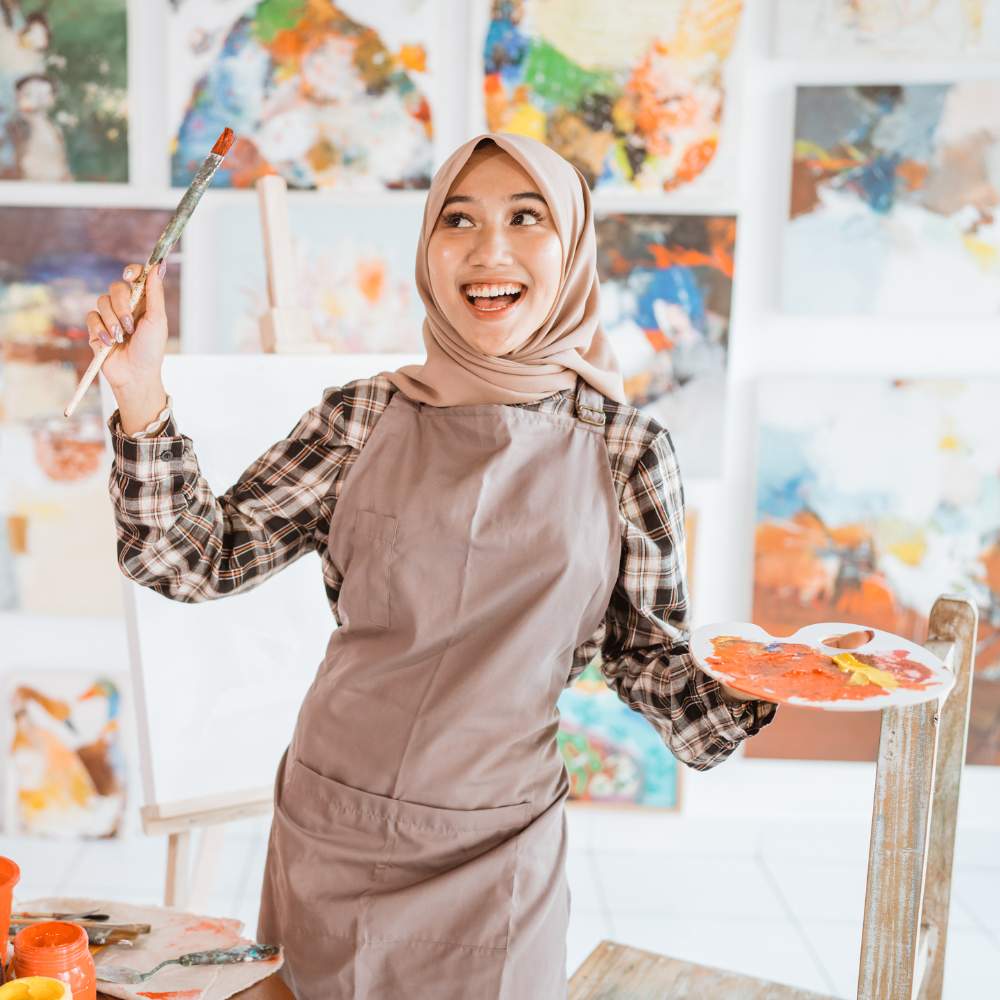
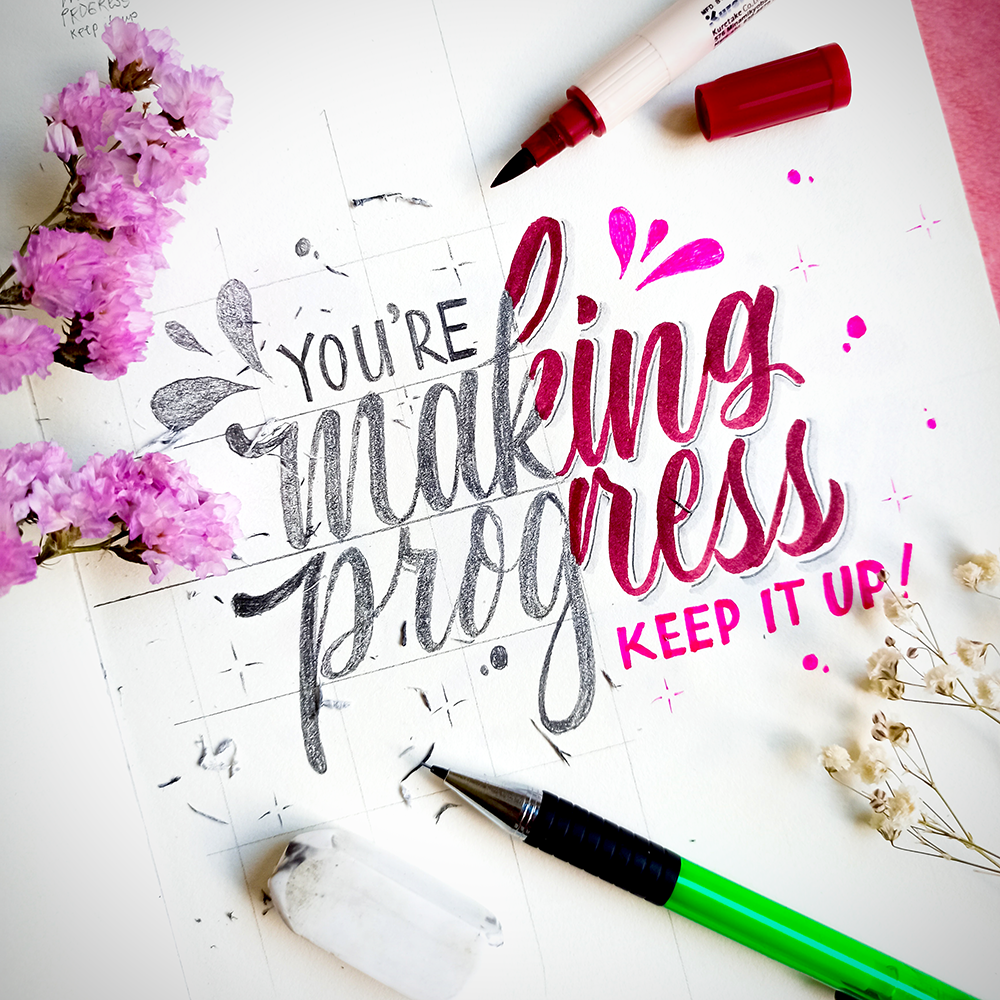
The Art of Embracing Frustration
In the world of art, frustration is not something to be feared; it's a natural and necessary part of the creative process.
It shows that we care deeply about our work and have the potential to create something truly special.
While frustration and creative block may seem like daunting obstacles for artists, they can also be the key to unlocking our true creative potential.
By understanding the connection between frustration and art, we can learn to embrace it, use it as fuel for our creativity, and ultimately create something beautiful; frustration and creative blocks can be used as catalysts for growth and self-discovery, pushing ourselves to new levels of creativity.
The next time next time frustration strikes, remember that it's not something to be avoided but rather an opportunity for learning and growth; embrace the discomfort, lean into the struggle, and let your creativity soar!
Remember: frustration isn't the end, it's just the beginning of something unexpected, and potentially, utterly beautiful.
And all great artists have faced frustration because it's an inevitable part of the creative journey.
But those who learn to harness its power often find that it leads to their most profound and impactful work.
After all, the best things in life often come from pushing through our frustrations and overcoming obstacles.
So, keep creating, stay passionate, and don't forget to embrace the beauty of frustration to fuel your creative fire!

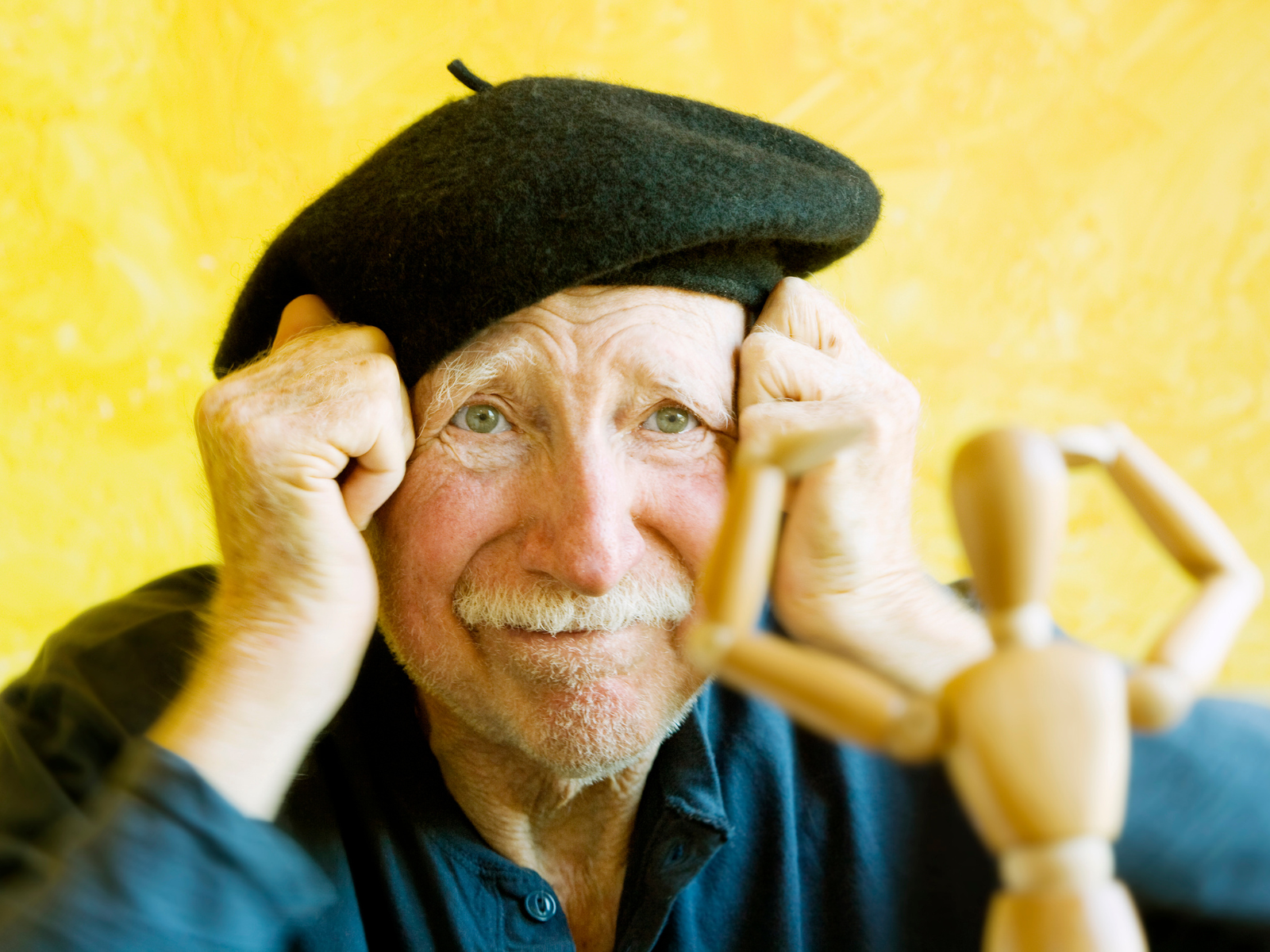
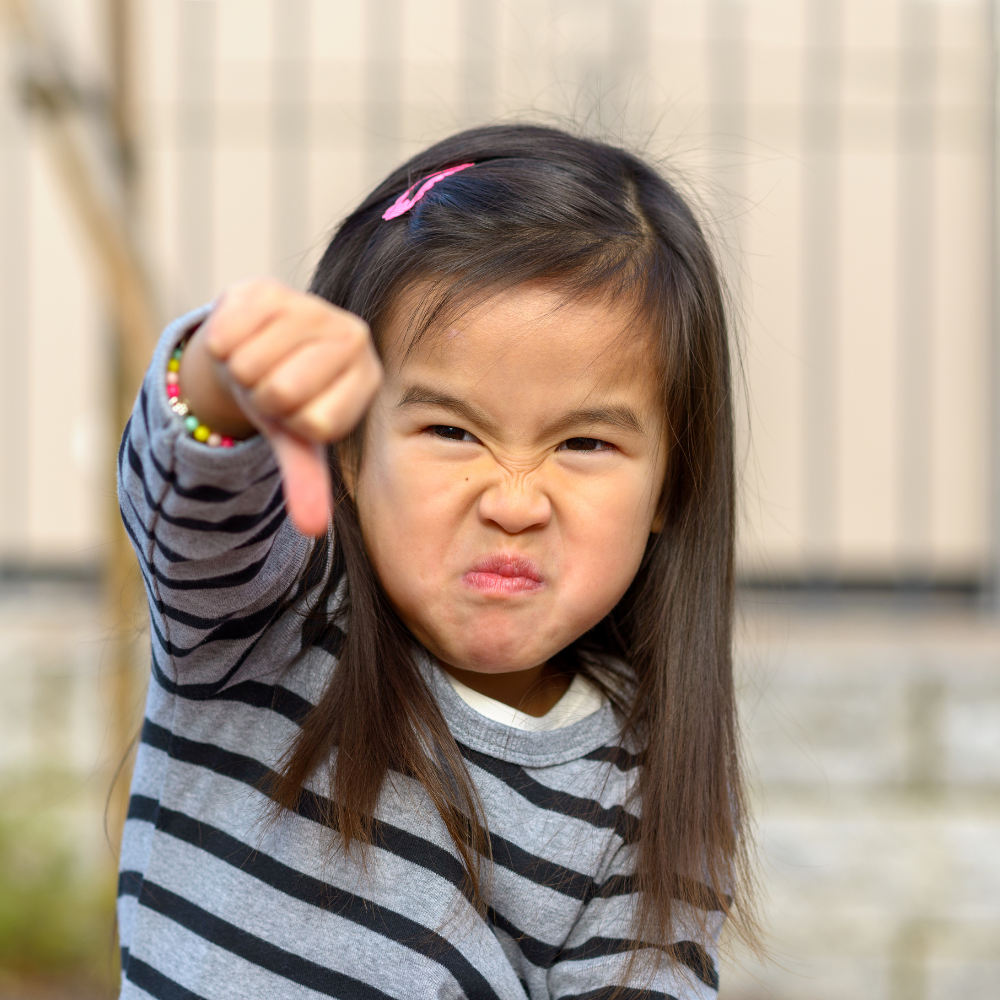
Struggling with artistic frustration? Check out Drawing & Painting - The Virtual Instructor's video!
Want even more content about creativity and art?
Be sure to check out all of our creative chronicles!
Eager to explore your creativity?
Check out some of our other articles:
